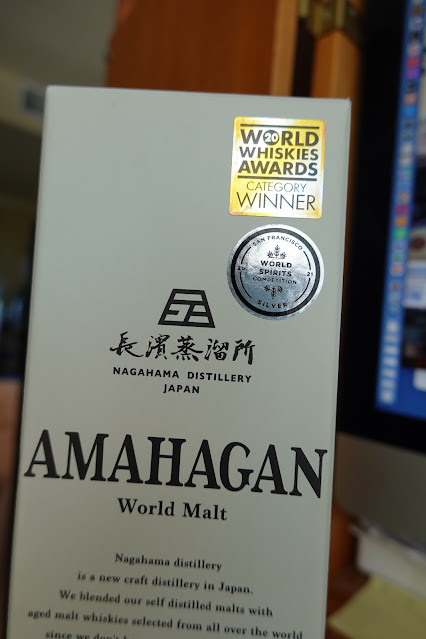 Alpha, Beta, Gamma, Delta and Omicron viruses are all different variants of SARS-CoV-2, shortened by the World Health Organization (WHO) to COVID-19. The current BA.5 dominant virus is a subvariant of the Omicron subvariant. Read this summary by WHO to learn about the evolution of COVID-19.
Alpha, Beta, Gamma, Delta and Omicron viruses are all different variants of SARS-CoV-2, shortened by the World Health Organization (WHO) to COVID-19. The current BA.5 dominant virus is a subvariant of the Omicron subvariant. Read this summary by WHO to learn about the evolution of COVID-19.
While not every one of the thousands of COVID-19 variants gets a Greek letter, the list of them has piled up to omicron, the 15th symbol on the Greek alphabet. Alpha, beta, gamma delta and omicron are all currently labeled as “variants of concern,” the highest alert level from the World Health Organization. There are two other ranking stages underneath that one: “variants of interest” and “variants under monitoring.”
Further:News of the emerging omicron variant from southern Africa has sent markets falling and governments scrambling to cut off travel. Scientists, including Dr. Anthony Fauci, say omicron has as many as 30 mutations on its spike protein, which could affect how well immunity will hold up to it.
By the end of the year, scientists knew the following about the South Africa originating Omicron variant:
In February of this year, here was the state of the science regarding Omicron:
But very quickly, Omicron BA.4 and BA.5 began to dominate, especially the latter:Omicron subvariants BQ.1 and BQ.1.1 now account for a tenth of the nation’s COVID-19 cases, while BF.7 accounts for another 5 percent. (Globally, the horse race also includes worrisome contenders such as the Omicron subvariant XBB.) What exactly are these variants and how are they different from those we've seen before?
- Thus, this asymptomatic rate is 97%.
- China only counts the symptomatic as a case.
- However, anyone who test positive is sent into isolation, for they can infect other people.
- Wuhan during the initial outbreak in 2020 tested 9,542 people and found that 82.1% of those who tested positive were asymptomatic.
- Yet, when the outbreak peaked and the Wuhan lockdown was lifted, mass testing of 889,000 people found just 457 asymptomatic cases. I'm not sure I'm reading this right, but this calculates to only 0.05% cases as asymptomatic. Makes no sense to me.
- But Peking University researchers more recently looked at 95 studies involving 29.7 million people tested around the world from January 2020 to February 2021, and found asymptomatic rates anywhere from 0.4% to 4.5%, more in line with the previous bullet.
- But things are changing in this Omicron era. Whereas the asymptomatic rate was 2.6% during the Beta and Delta outbreaks in South Africa, the rate with the Omicron variant is up to 16%.
- During this Omicron wave in China, though, the asymptomatic rate has been around 70%, but in addition, health officials said that 95% of cases either have no or very mild symptoms.
- Authorities say that the Shanghai asymptomatic rate is high because 22 million of the 25 million residents are fully vaccinated, and half have had their booster shots.
- So what is the asymptomatic rate?
- Who really knows today, as numbers from less than 1% to higher than 97% are being tossed around.
- The Omicron asymptomatic rate is probably higher than other earlier variants.
- In fact, this report says that one reason Omicron is so contagious is that the asymptomatic rate is higher, and these are the individuals who unknowingly spread the virus.
The Johnny Walker Gold is only $33 and Black is $16. And these prices are in a small supermarket in Tokyo. Typical prices in the U.S. are $76 for Gold and $38 for Black. But who goes to Japan to buy scotch.
- The Yamazakura below costs $13. In U.S.? $52.
- Kurayoshi Single Malt = $41, but is $117 in the U.S.
- Amahagan World Malt = $46, but is $250 in the U.S. This one was purchased.
Note that the Amahagan from Nagahama Distillery recently won a World Whiskies Award.
Shiga is just east of Kyoto:
The Otoro sashimi cost $39/pound. Sure, very expensive fish. But Marukai in Honolulu would sell it for more than $80/pound.
-



























Comments
Post a Comment